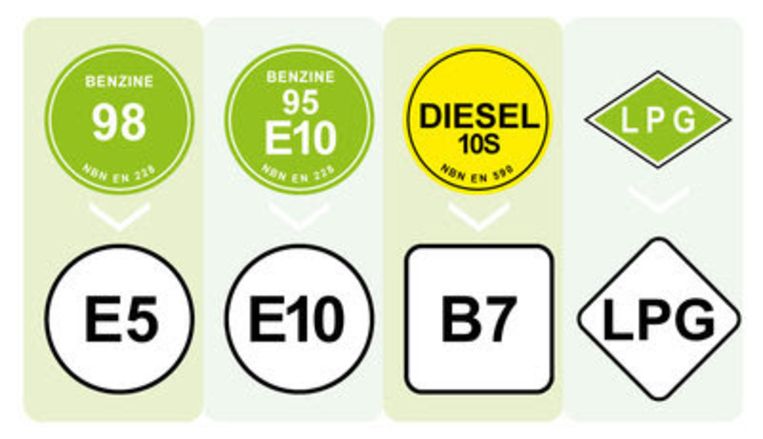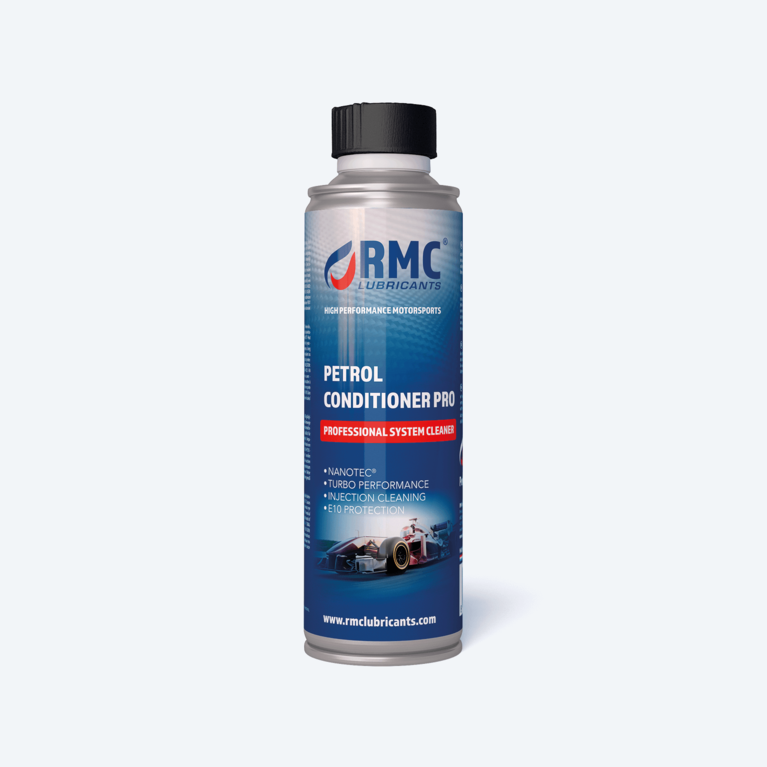Fuel labels & ethanol

Ethanol & corrosion
Nowadays, most petrol stations are obliged to offer E10 fuel. This can be recognised by the indication/icon for fuels. The round symbols always refer to petrol, the square symbols to diesel and the diamond-shaped to gas. Besides E5 there are also the petrol E10 and E85. The number stands for the percentage of bio-components. The same counts for diesel.
Why bioethanol in the fuel?
Mixing bioethanol into the fuel results in a vehicle fuel that is not entirely made from fossil fuels. However, a limited amount of fossil fuels is available, so the European Union wants to use bio-ethanol to make vehicle fuels more sustainable. Combustion of bioethanol also produces about 40-60% less CO2. But there is also a downside to this...
What can this mean for the vehicle?
E10 petrol contains less energy than petrol without ethanol, which means less engine power and higher fuel consumption! Not all cars in the traditional fleet are suitable for the E10 fuel. The metal and plastic parts of the fuel system are not resistant to the corrosive properties of bioethanol.
Bioethanol also reduces the lubricating properties of fuels, so any damage can occur gradually. Ethanol also attracts water vapor from the atmosphere, causing the fuel mixes with water. Characteristic for this is an engine that runs raw/rough.
To prevent engine damage, RMC recommends adding an additive to the fuel tank.
RMC Lubricants offers the following possibilities:
By using RMC Petrol/Diesel Conditioner Pro you can counteract the disadvantages of bioethanol. The extreme concentration and the active Nanotec® components cleans, protects and lubricates the fuel circuit (pump, injectors, valves and combustion chambers). Your engine will perform optimally again!
Always check that your car is suitable for fuels containing bioethanol.


